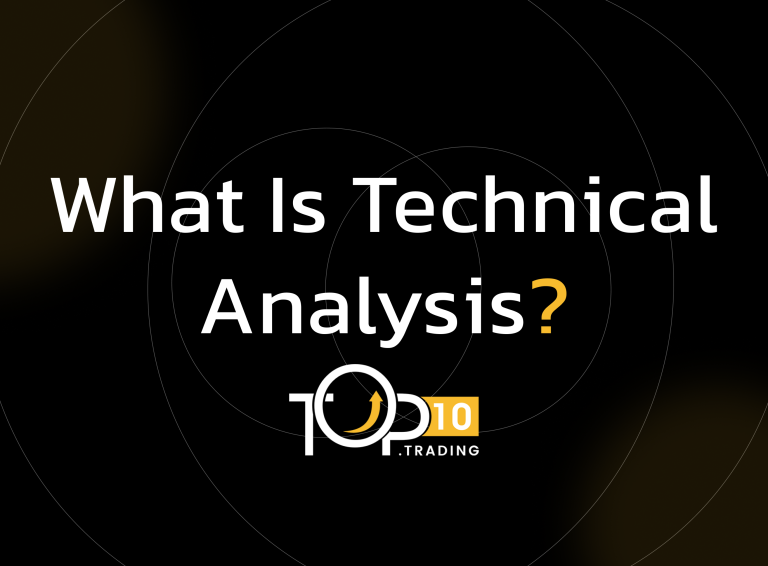Technical Analysis Definition

Technical Analysis is a trading methodology that evaluates securities and market trends using historical price data, trading volume, and chart patterns. It focuses on identifying patterns and signals to forecast future price movements rather than assessing a company’s fundamentals. Technical analysis is widely used in forex, stock, crypto, and commodity markets.
Key Takeaways
- Technical analysis involves studying past market data—primarily price and volume—to predict future price behavior.
- It relies on charts, technical indicators, and patterns like trendlines or candlesticks.
- The core assumption is that all relevant information is already reflected in the price.
- Traders use it for entry/exit timing, trend identification, and momentum analysis.
- Unlike fundamental analysis, it focuses solely on price action and market psychology.
How Technical Analysis Works
Technical analysts believe price moves in trends and that history tends to repeat itself due to collective market behavior. By examining price charts and indicators, traders look for actionable signals.
- Key concepts include:
- Support and Resistance: Price levels where buying or selling pressure tends to reverse trends.
- Trendlines: Lines drawn on charts to identify the direction of price movements.
- Volume: Used to confirm the strength of price movements.
- Indicators: Tools like RSI, MACD, Moving Averages, and Bollinger Bands help measure momentum, volatility, and trend direction.
- Technical analysis can be used on any time frame—from minutes (scalping) to months (position trading).
Examples of Technical Analysis in Action
- A trader uses RSI to determine if a currency pair is overbought or oversold.
- A crypto investor applies moving averages to identify a bullish crossover.
- A stock trader spots a head and shoulders pattern signaling a potential trend reversal.
- An intraday trader uses Fibonacci retracement levels to place entry and exit points.
Benefits of Technical Analysis
- Visual Insights: Charts and patterns simplify complex market data.
- Timing Advantage: Helps pinpoint entry and exit points more precisely.
- Applicable Across Markets: Works in forex, stocks, crypto, commodities, and more.
- Supports Automation: Can be integrated into algorithmic or rule-based trading systems.
Costs and Limitationsalysis
- Subjectivity: Different traders may interpret the same chart differently.
- False Signals: Indicators may give misleading readings in sideways markets.
- Ignore Fundamentals: Doesn't consider earnings, economic reports, or macro trends.
- Over-Reliance Risk: Traders may focus too heavily on signals without broader market context.
Who Uses Technical Analysis?
- Day and Swing Traders: To make quick decisions based on short-term price action.
- Retail and Institutional Traders: For strategy building and timing trades.
- Algorithmic Traders: To build rule-based systems using quantifiable indicators.
- Forex and Crypto Traders: Where fundamentals are harder to quantify or access.
